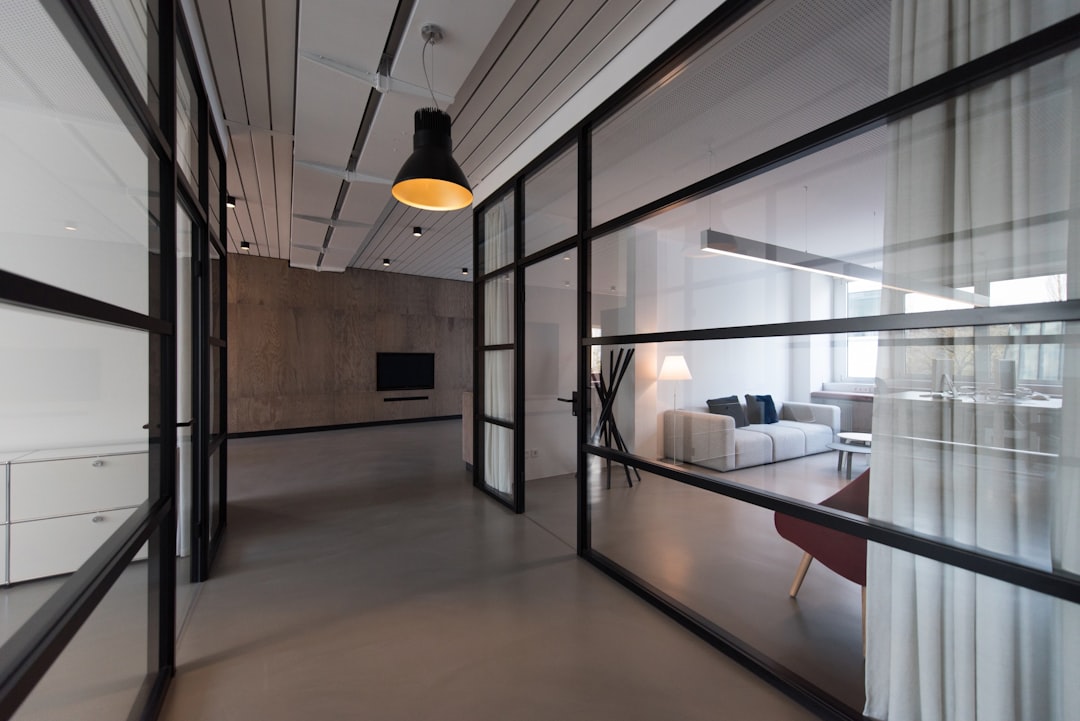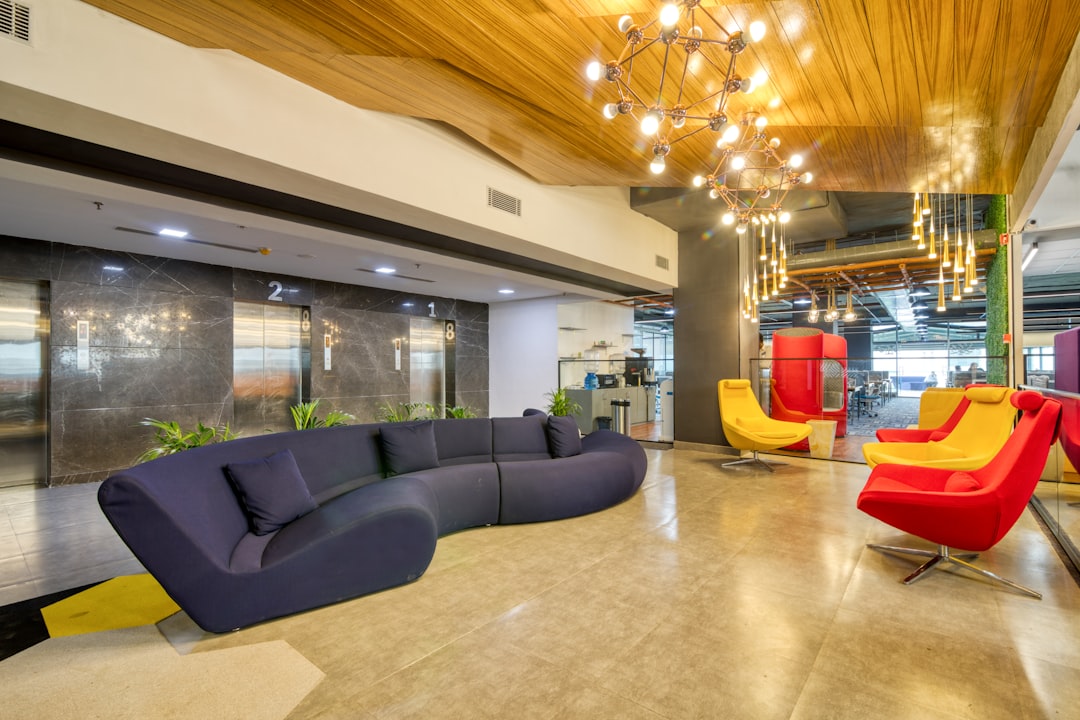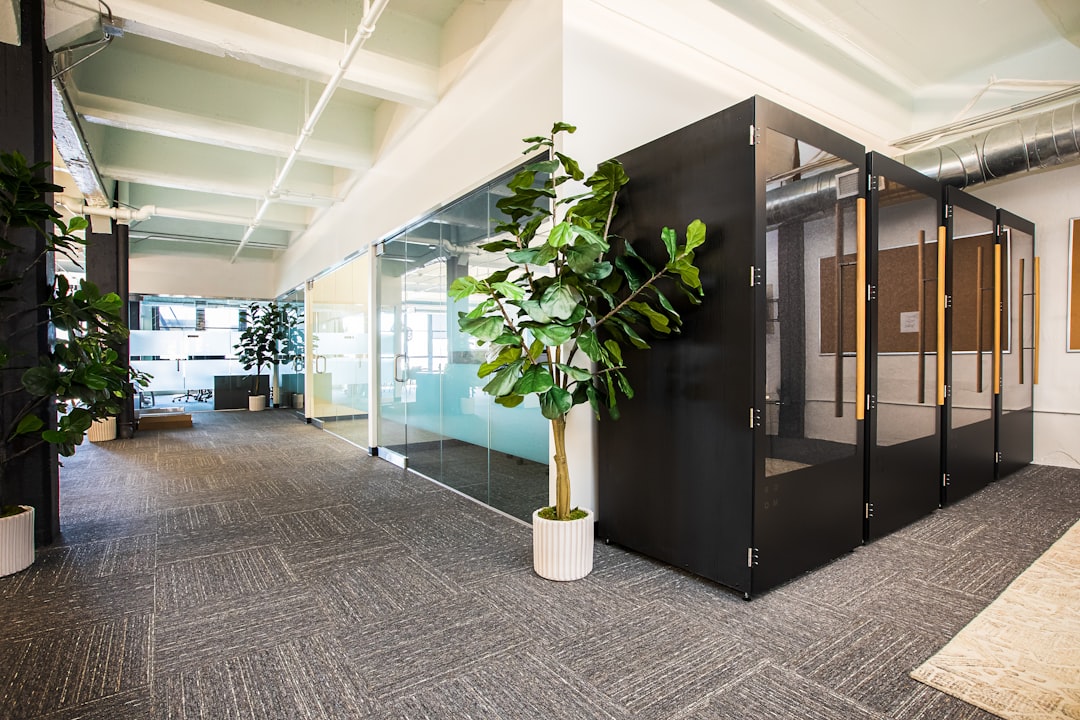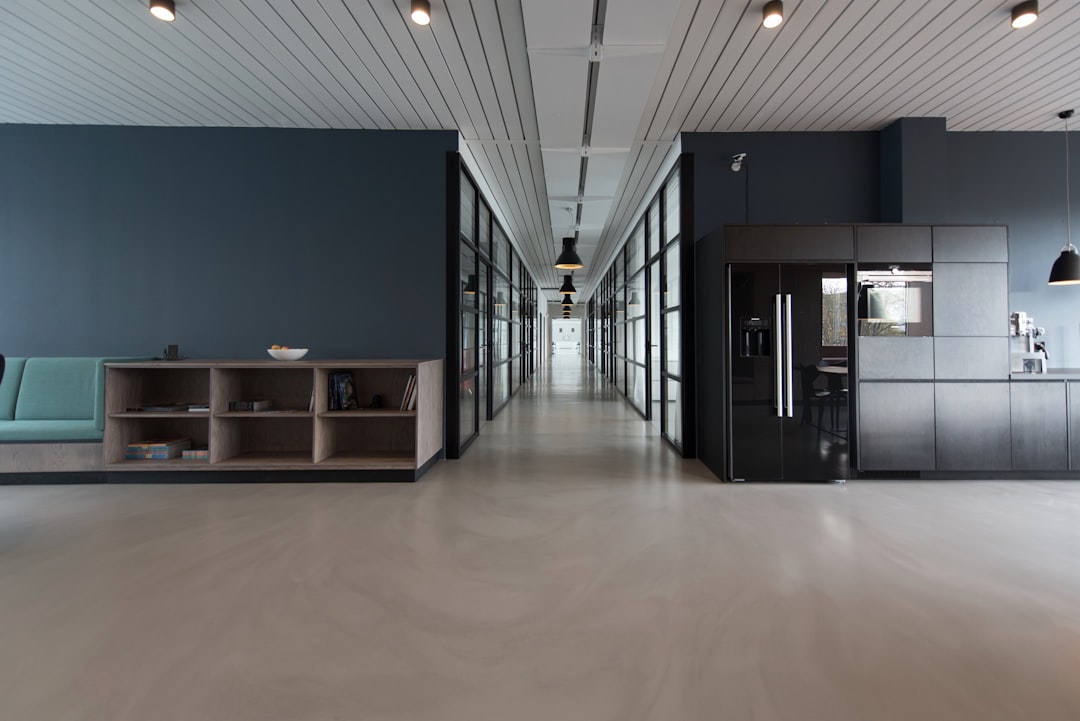

When it comes to shop fitouts, the layout of the store plays a crucial role in attracting customers and creating a positive shopping experience. A well-designed shop layout can significantly impact the success of a business.
First and foremost, a well-thought-out shop layout can enhance the overall aesthetics of the store. A visually appealing design can draw customers in and create a welcoming atmosphere that encourages them to explore the products on offer. By carefully considering factors such as lighting, color scheme, and product placement, businesses can create an environment that is both visually pleasing and conducive to making sales.
Furthermore, an efficient shop layout can improve the flow of foot traffic within the store. By strategically positioning displays, aisles, and checkout counters, businesses can guide customers through the store in a way that maximizes their exposure to products and encourages impulse purchases. A well-designed layout can also help prevent congestion and make it easier for customers to navigate the store, ultimately leading to a more pleasant shopping experience.
Lastly, a well-designed shop layout can help businesses optimize their use of space and increase their profitability. By carefully planning the placement of shelves, racks, and other fixtures, businesses can maximize their display capacity and showcase a larger variety of products. This not only increases the likelihood of making sales but also helps businesses make better use of their available square footage.
In conclusion, the importance of a well-designed shop layout cannot be overstated. From enhancing aesthetics and improving traffic flow to maximizing space utilization and increasing profitability, a thoughtfully planned layout can have a significant impact on the success of a business. Businesses that prioritize creating an attractive and functional store environment are likely to see higher levels of customer satisfaction, increased sales, and improved overall performance.
Design Layout and Traffic Flow: The design layout of a shop fitout is crucial to its success. It should be visually appealing, functional, and conducive to a positive customer experience. The traffic flow within the shop should be carefully planned to guide customers through the space efficiently and encourage them to explore different areas.
Visual Merchandising and Branding: Visual merchandising plays a significant role in attracting customers and driving sales. A successful shop fitout will effectively showcase products through strategic placement, lighting, and signage. Additionally, branding elements such as logos, colors, and themes should be incorporated throughout the shop to create a cohesive brand identity.
Lighting and Ambiance: Lighting is key in creating the right ambiance for a shop fitout. Proper lighting can enhance product displays, highlight key areas, and create an inviting atmosphere for customers. It is essential to consider both natural light sources and artificial lighting fixtures to achieve the desired ambiance.
Fixtures and Fittings: The choice of fixtures and fittings can greatly impact the functionality and aesthetic appeal of a shop fitout. High-quality shelving, display units, counters, and furniture not only serve practical purposes but also contribute to the overall design scheme of the space. It is important to select fixtures that are durable, easy to maintain, and align with the branding of the shop.
Customer Comfort and Convenience: Ensuring customer comfort and convenience is essential in creating a successful shop fitout. This includes providing adequate seating areas, fitting rooms if applicable, easy access to products, clear signage for navigation, as well as amenities such as restrooms or changing facilities. By prioritizing customer needs, businesses can enhance the overall shopping experience for their patrons.

Are you tired of walking into the same old commercial office day after day?. Do you feel like your workspace is lacking personality and style?
Posted by on 2024-10-16

When planning a commercial office fitout, there are several important factors that need to be carefully considered in order to create a functional and aesthetically pleasing workspace. One of the first things that should be taken into account is the layout of the office space.. It is essential to think about how different areas within the office will be used and how they can best be arranged to optimize productivity and efficiency.
Posted by on 2024-10-16

Commercial office fitouts are a crucial aspect of creating a functional and aesthetically pleasing workspace.. The primary purpose of commercial office fitouts is to optimize the use of space within an office environment, ensuring that every inch is utilized effectively to meet the needs of employees and clients. By carefully planning and designing the layout of an office space, commercial office fitouts can improve productivity and efficiency among employees.
Posted by on 2024-10-16

Creating a productive workspace is essential for any professional looking to maximize their efficiency and creativity.. One way to achieve this is through professional office fitouts, which can help optimize your workspace and promote a more conducive environment for work. When it comes to designing your office space, there are many factors to consider.
Posted by on 2024-10-16
First, consider the customer journey when designing a shop fitout layout. Analyze how customers will move through the space from entering to making a purchase. Ensure there is a clear path that guides them through different sections of the shop, with strategically placed displays and products to encourage browsing.
Next, think about the flow of traffic within the shop. Consider where customers are likely to stop and spend more time, such as near popular products or promotional displays. Place checkout counters in convenient locations that do not disrupt the flow of movement throughout the store.
Create designated areas for specific product categories or brands. This can help customers easily locate items they are looking for and ensure that similar products are displayed together for easier comparison. Use signage and displays to clearly mark these areas and draw attention to featured products.
Consider the use of flexible fixtures and displays that can be easily rearranged or reconfigured as needed. This allows for seasonal changes in merchandise, promotions, or new product launches without having to completely redesign the layout of the shop fitout.
Utilize lighting effectively to highlight key products or create ambiance in different areas of the shop fitout. Bright lighting can draw attention to featured items, while softer lighting can create a cozy atmosphere in seating areas or fitting rooms.
Incorporate seating areas or rest spots within the shop fitout layout to provide customers with a comfortable place to take a break or try on clothing. This can enhance their overall shopping experience and encourage them to stay longer in your store.
Finally, regularly evaluate and update your shop fitout layout based on customer feedback, sales data, and industry trends. Stay current with evolving consumer preferences and make adjustments as needed to optimize your shop's functionality and appeal. By continuously refining your layout design, you can create a functional and inviting shopping environment that keeps customers coming back for more.

While minor adjustments may be possible during the construction process, significant changes to the design could result in delays and additional costs. It is best to finalize the design before construction begins.